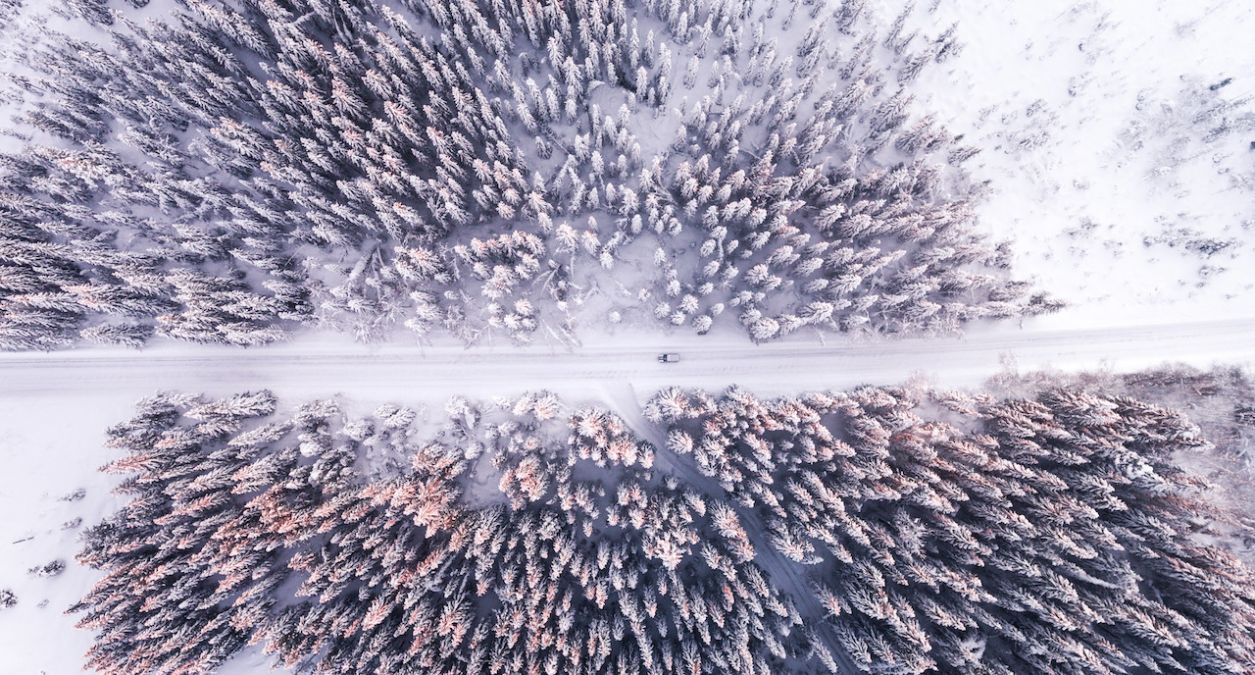Telia and Vaisala: Connecting sensors for safer roads
Icy roads contribute to the loss of far too many lives in many parts of the world. So, any company that can enable maintenance for safer winter roads makes an immeasurable difference. Recently, Vaisala, a global leader in weather, environmental and industrial measurements, introduced GroundCast, an IoT device that can be installed in roads to gather accurate data on road conditions. To connect the sensors, Vaisala uses Telia’s Low-Power Wide-Area (LPWA) connectivity.
“While winter maintenance may not be an issue in every single part of the world, it is truly a critical factor in the safety of people’s lives in many, very large parts of the world,” says Mikko Laakso, Product Line Manager at Vaisala.
Vaisala’s GroundCast sensors have everything built in for wireless operation and can therefore be used in any location. After the sensors are activated, they are drilled into a paved road in less than an hour. The data provided by the sensors is vital to the safety of drivers and to the efficiency of the road. Factors such as atmospheric weather, traffic, structures and topography all affect road conditions and the development of frost and ice, making it difficult to predict. GroundCast sensors measure road temperature, residual chemicals from treatment and surface wetness, data that then enables predictive maintenance which reduces costs and limits the impact on the environment. For example, you need four times as much salt to de-ice or anti-ice a road at -5°C (20°F) than you do at -1°C (30°F).
Clearly, sustainability plays an important role in winter maintenance. Based on the data, operators can work more efficiently to battle icy conditions and use less treatment material.
“The sensor data is automatically sent to Vaisala’s cloud platform,” Laakso says. “It is then checked for quality and passed to our road weather forecasting engine, where it is used to enhance the local road weather forecast. The observations from the sensors and the enhanced road weather forecasts are accessible through our Wx Horizon winter road maintenance solution and an API, which is also part of our solution.”
He explains that the solution is now used by businesses and organizations that maintain roads during winter. Based on the data, they can make better-informed decisions about, for example, when to plough, when to add road treatment material, what type to use and how much.
“Whatever decisions you make during these winter weather events, you want to make them based on the best data to stay ahead of the weather,” Laakso says.
He explains that, since GroundCast sensors are installed underground, inhibiting the signal, Vaisala paid specific attention to optimizing their energy efficiency.
Now, GroundCast uses Telia’s NB-IoT connectivity, a cellular LPWA technology. Because they draw less power, LPWA networks transmit a smaller amount of data, but across a vast area. That makes these networks ideal for meters, sensors, trackers and wearables in a wide range of industries such as utilities, retail, automotive, transport, logistics, agriculture, manufacturing, healthcare, warehousing and mining.
“We have been operating NB-IoT and LTE-M networks in the Nordics and Baltics for many years and know them well,” says Antti Laaksonen, Key Account Manager at Telia. “That, in combination with our very good and open collaboration with Vaisala, enables a lot of knowledge shared between our companies. We are proud to be part of making roads safer.”
Telia’s LPWA IoT connectivity is delivered by the LTE-M and NB-IoT technologies that comprise the 'massive IoT' component of 5G. NB-IoT is optimized for low-data connectivity with maximum reach, energy efficiency and cost effectiveness. LTE-M supports higher data rates, enabling applications that were previously only possible with high-performance IoT. You can read more about LPWA here.
“With Telia, we can have great NB-IoT coverage in many of our important markets, like the Nordic and Baltic countries, without having to deal with multiple operators separately,” Laakso says.
Facts:
The GroundCast sensor is designed to:
- Get reference-grade observations from anywhere: it does not require external power or any other infrastructure, making it completely wireless and ready to use straight from the box with reference-level accuracy of ±0.2°C (±0.4°F)
- Enhance pavement forecasts: temperature measurement from surface and multiple depths: -6 cm (-2.4 in) and -30 cm (-11.8 in)
- Measure residual treatment material amount: to facilitate targeted treatments and validate the effectiveness, avoiding unnecessary use of treatment materials
- Remove complexities of data communication: Built-in narrow-band IoT connectivity working over cellular networks

Cookie notification
Cookies allow us to optimize your use of our website. We also use third-parties cookies for advertising and analytics. Please read our Cookie Policy for more information.

